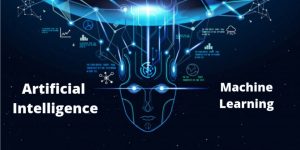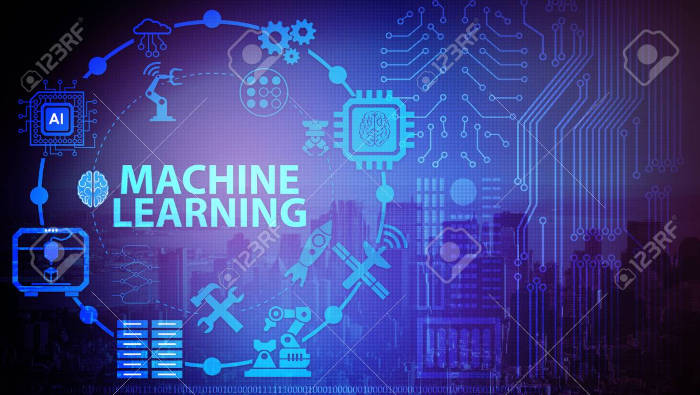Evolution of machine learning

Because of new computing technologies, machine learning today is not like machine learning of the past. It was born from pattern recognition and the theory that computers can learn without being programmed to perform specific tasks; researchers interested in artificial intelligence wanted to see if computers could learn from data. The iterative aspect of machine learning is important because as models are exposed to new data, they are able to independently adapt. They learn from previous computations to produce reliable, repeatable decisions and results. It’s a science that’s not new but one that has gained fresh momentum.
While many machine learning algorithms have been around for a long time, the ability to automatically apply complex mathematical calculations to big data over and over, faster and faster – is a recent development. Here are a few widely publicized examples of machine learning applications you may be familiar with:
- The heavily hyped, self-driving Google car? The essence of machine learning.
- Online recommendation offers such as those from Amazon and Netflix? Machine learning applications for everyday life.
- Knowing what customers are saying about you on Twitter? Machine learning combined with linguistic rule creation.
- Fraud detection? One of the more obvious, important uses in our world today.
While artificial intelligence (AI) is the broad science of mimicking human abilities, machine learning is a specific subset of AI that trains a machine how to learn. Machine learning is an application of artificial intelligence (AI) that provides systems with the ability to automatically learn and improve from experience without being explicitly programmed. Machine learning focuses on the development of computer programs that can access data and use it to learn for themselves.
The process of learning begins with observations or data, such as examples, direct experience, or instruction, in order to look for patterns in data and make better decisions in the future based on the examples that we provide. The primary aim is to allow the computers to learn automatically without human intervention or assistance and adjust actions accordingly.
But, using the classic algorithms of machine learning, the text is considered as a sequence of keywords; instead, an approach based on semantic analysis mimics the human ability to understand the meaning of a text.
Some Machine Learning Methods
Machine learning algorithms are often categorized as supervised or unsupervised.
- Supervised machine learning algorithms can apply what has been learned in the past to new data using labelled examples to predict future events. Starting from the analysis of a known training dataset, the learning algorithm produces an inferred function to make predictions about the output values. The system is able to provide targets for any new input after sufficient training. The learning algorithm can also compare its output with the correct, intended output and find errors in order to modify the model accordingly.
- In contrast, unsupervised machine learning algorithms are used when the information used to train is neither classified nor labelled. Unsupervised learning studies how systems can infer a function to describe a hidden structure from unlabelled data. The system doesn’t figure out the right output, but it explores the data and can draw inferences from datasets to describe hidden structures from unlabeled data.
- Semi-supervised machine learning algorithms fall somewhere in between supervised and unsupervised learning since they use both labelled and unlabelled data for training – typically a small amount of labelled data and a large amount of unlabelled data. The systems that use this method are able to considerably improve learning accuracy. Usually, semi-supervised learning is chosen when the acquired labelled data requires skilled and relevant resources in order to train it / learn from it. Otherwise, acquiring unlabelled data generally doesn’t require additional resources.
- Reinforcement machine learning algorithms is a learning method that interacts with its environment by producing actions and discovers errors or rewards. Trial and error search and delayed reward are the most relevant characteristics of reinforcement learning. This method allows machines and software agents to automatically determine the ideal behaviour within a specific context in order to maximize its performance. Simple reward feedback is required for the agent to learn which action is best; this is known as the reinforcement signal.
Machine learning enables the analysis of massive quantities of data. While it generally delivers faster, more accurate results in order to identify profitable opportunities or dangerous risks, it may also require additional time and resources to train it properly. Combining machine learning with AI and cognitive technologies can make it even more effective in processing large volumes of information.
Some examples for Machine Learning:

What is required to create good machine learning systems?
- Data preparation capabilities.
- Algorithms – basic and advanced.
- Automation and iterative processes.
- Scalability
- Ensemble modelling.
Did you know?
- In machine learning, a target is called a label.

- In statistics, a target is called a dependent variable.
- A variable in statistics is called a feature in machine learning.
- A transformation in statistics is called feature creation in machine learning.

